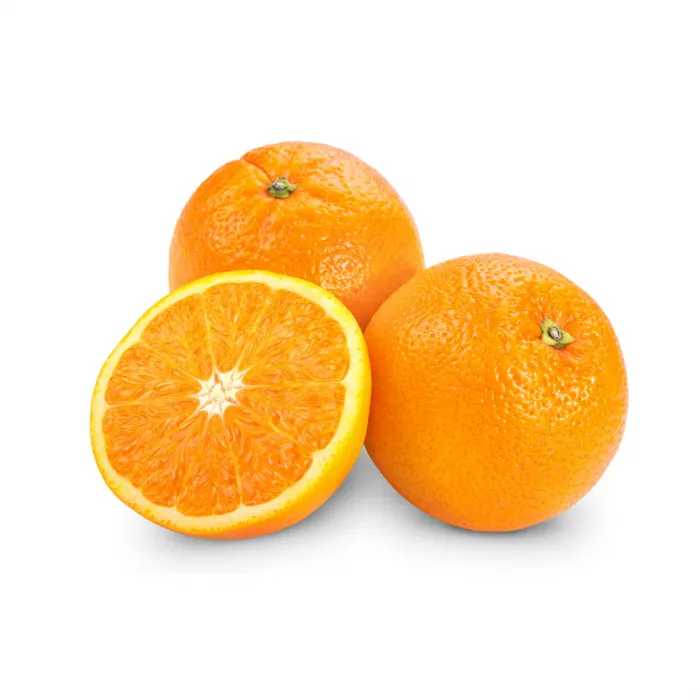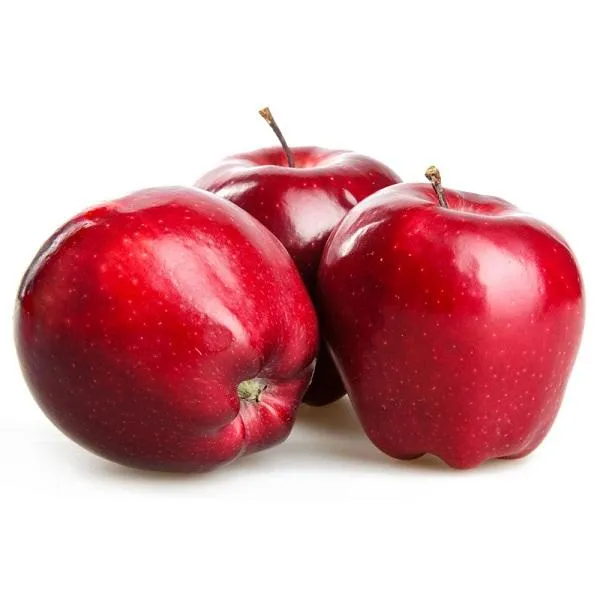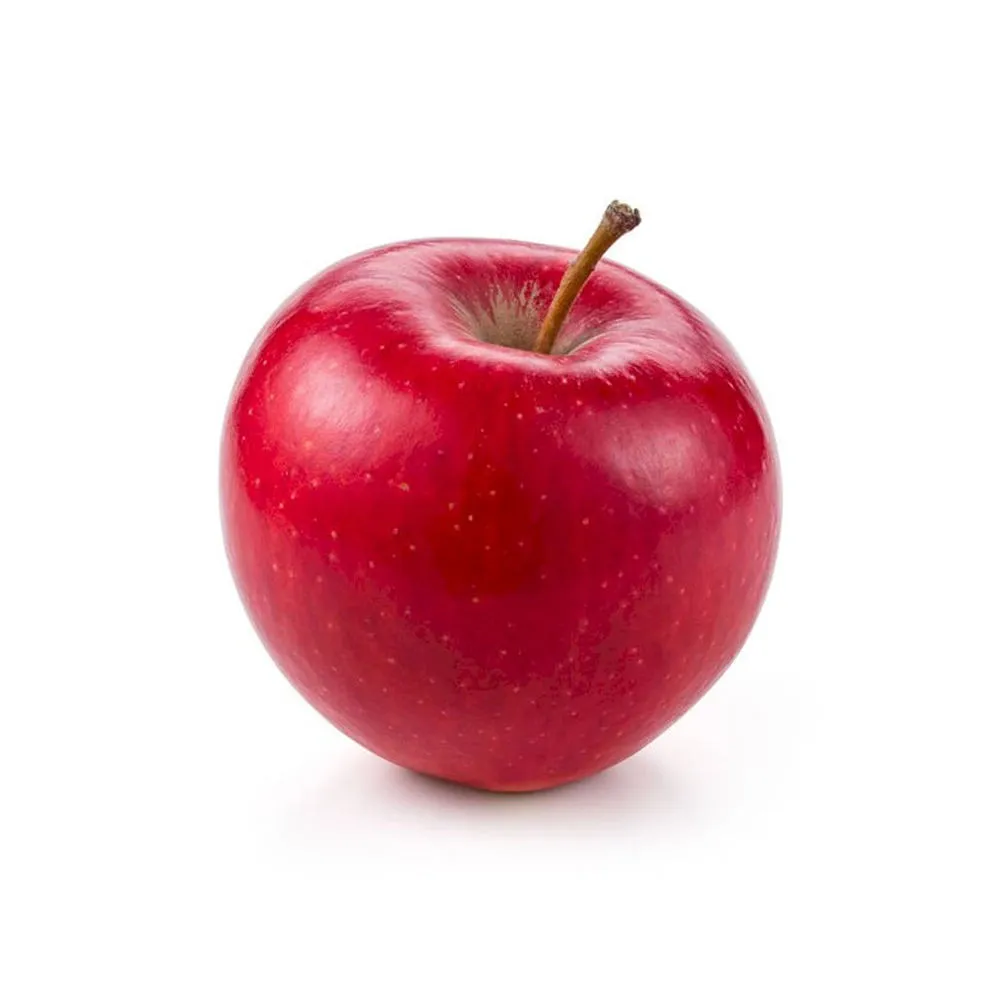When it comes to citrus fruits, oranges remain one of the most popular choices worldwide. Among the many types of oranges available, the Navel Orange and Red Navel Orange are widely recognized for their vibrant colors, sweet flavors, and numerous health benefits. However, what sets these two varieties apart? In this article, we will explore the characteristics, taste, nutritional value, and potential uses of the Red Navel Orange and compare them to the classic Navel Orange.
Appearance and Characteristics:
The Navel Orange, with its bright orange skin and seedless interior, is easily recognizable. It gets its name from the small “navel” or undeveloped fruit that forms at its blossom end. This fruit is large, round, and typically has a smooth, easy-to-peel skin. In contrast, the Red Navel Orange is a natural mutation of the Navel Orange that possesses an intense red flesh color due to the presence of anthocyanins. This unique pigmentation makes the Red Navel Orange stand out with its striking red-orange peel. Both varieties share a similar rounded shape and size, but it’s the Red Navel Orange that catches the eye with its remarkable red hue.
Taste and Flavor Profile:

Navel Oranges are known for their delightfully sweet and tangy taste, with a subtle hint of acidity that adds a refreshing zing. Navel Oranges have low acid levels and are therefore less tangy compared to other citrus fruits. On the other hand, the Red Navel Orange exhibits a similar flavor profile as the classic Navel Orange but with a distinct sweet berry-like undertone. This unique flavor dimension makes the Red Navel Orange a favorite for those seeking a slightly more complex citrus experience.
Nutritional Value:
In terms of nutritional value, both Navel Oranges and Red Navel Oranges offer various health benefits. Oranges, in general, are well-known for being packed with vitamin C, a potent antioxidant that supports the immune system and promotes collagen production. Additionally, they are a good source of dietary fiber, folate, potassium, and thiamine. The Red Navel Orange, however, has an extra advantage in terms of its anthocyanin content. Anthocyanins are antioxidants that have been linked to several health benefits, including reducing inflammation, protecting against chronic diseases, and supporting heart health. By incorporating Red Navel Oranges into your diet, you can enjoy the same nutritional benefits as the Navel Orange while also benefiting from the added anthocyanins.
Uses and Culinary Applications:

Both Navel Oranges and Red Navel Oranges are incredibly versatile and can be used in various culinary applications. They are delicious on their own, but they also add a burst of flavor to salads, desserts, smoothies, and even savory dishes. Their bright colors make them an attractive garnish, and their tangy sweetness adds depth to salad dressings and marinades. Furthermore, both varieties can be juiced to create refreshing beverages or used in baking to enhance the taste and texture of cakes, cookies, and bread.
Whether you opt for the classic Navel Orange or the visually stunning Red Navel Orange, you can’t go wrong. Both varieties offer a delightful citrus experience with their sweet, tangy flavors, and provide a range of health benefits. While the Navel Orange is renowned for its familiar taste, the Red Navel Orange offers an exciting twist with its unique berry-like undertones. Whichever variety you choose, incorporating these delicious fruits into your diet will contribute to a healthy, flavorful lifestyle. So why not indulge in the deliciousness and vibrancy of oranges, be it the classic Navel Orange or its enchanting red counterpart, the Red Navel Orange!In addition to their distinct qualities, both Navel Oranges and Red Navel Oranges are readily available throughout the year, making them convenient choices for consumers. They are widely cultivated in various regions, ensuring a steady supply of these citrus fruits in grocery stores and markets.
Furthermore, both types of oranges are known for their ease of use. The seedless nature of Navel Oranges and Red Navel Oranges eliminates the hassle of removing seeds while eating or juicing them. This convenience makes them perfect for snacking on the go or incorporating them into quick and easy recipes.
Moreover, Navel Oranges and Red Navel Oranges are not only delectable but also provide a refreshing burst of hydration. With their high water content, these citrus fruits can help quench thirst and keep you hydrated during hot summer months or after physical activities.

It is worth noting that the Red Navel Orange, due to its captivating red hue, can also be used as a natural food coloring agent. The vibrant color can be utilized in various culinary creations, from beverages and desserts to sauces and dressings, adding an eye-catching appeal to your dishes.
When selecting Navel Oranges or Red Navel Oranges, it is essential to choose fruits that are firm, heavy for their size, and free from blemishes or mold. The skin should be smooth and evenly colored, indicating freshness and optimal flavor.
In conclusion, whether you prefer the classic Navel Orange or the visually striking Red Navel Orange, these citrus fruits offer a delightful taste, abundant nutritional value, and versatility in culinary applications. While the Navel Orange is renowned for its familiar flavor, the Red Navel Orange provides an extra layer of complexity with its berry-like undertones and anthocyanin content. Both options are rich in vitamin C, dietary fiber, and other essential nutrients that support overall health and well-being.
So, the next time you find yourself perusing the aisle of fresh produce, consider adding some Navel Oranges or Red Navel Oranges to your cart. Whether you’re enjoying them as a healthy snack, incorporating them into recipes, or simply marveling at their vibrant colors, these citrus fruits are truly a delightful addition to any culinary experience.











